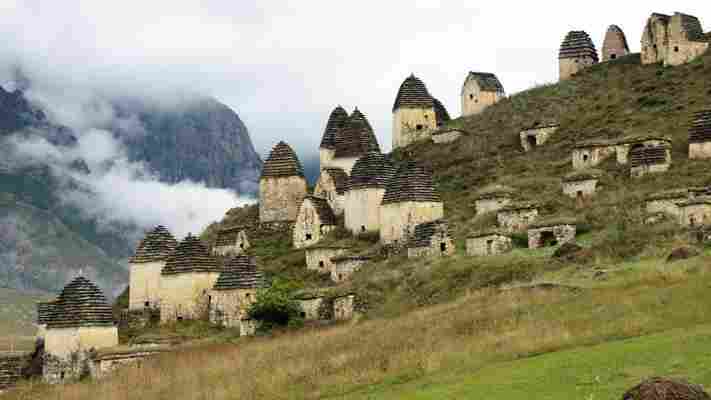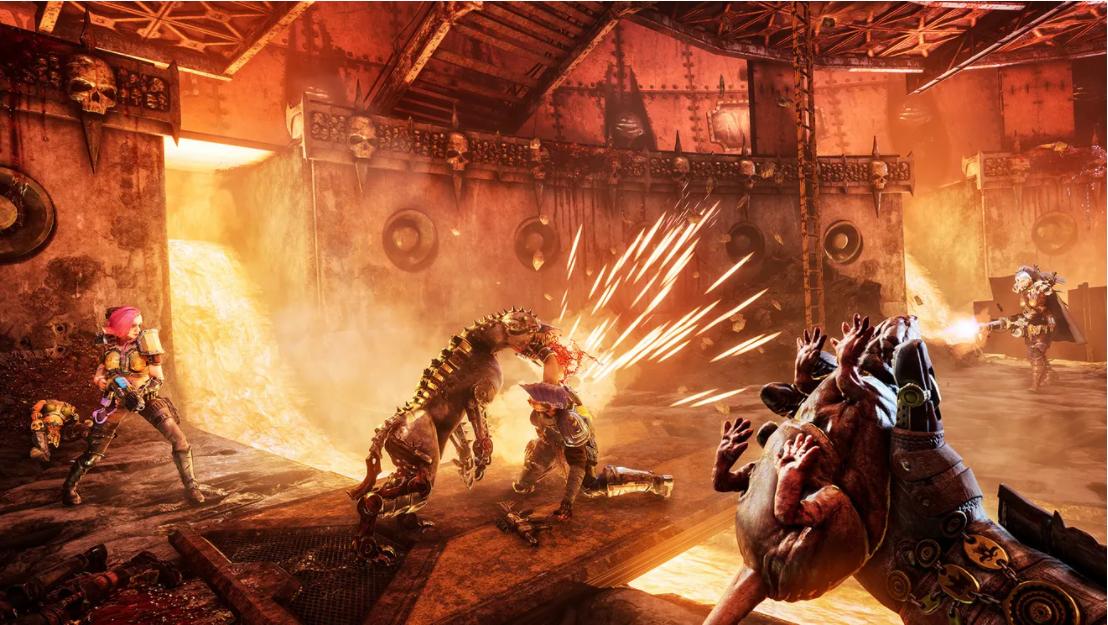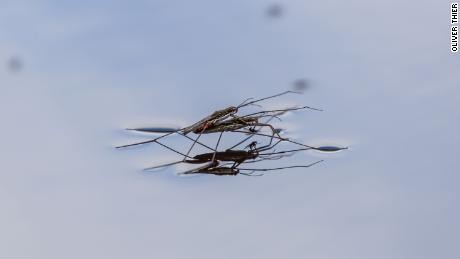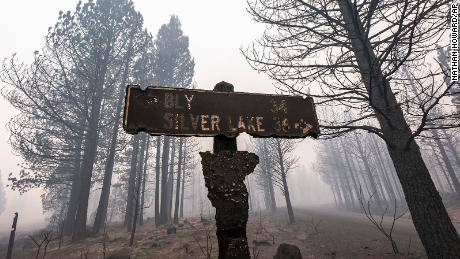Russia’s mysterious ‘City of the Dead’
Just outside the remote Russian village of Dargavs lies a medieval necropolis fittingly called the “City of the Dead”. This ancient burial ground holds the remains of more than 10,000 people – many of whom lie eternally with their clothes and belongings – and some locals believe that anyone who dares to enter won’t return alive. While much mystery surrounds this graveyard located just over the border from Georgia (even the date of its construction is still just an estimate) historians are gradually unravelling its full story.

Since the 16th Century, this remote stretch of southern Russian farmland has been used as a burial ground; its origins, though, are still unclear. One theory is that when territory was scarce during the 13th-Century Mongol-Tatar invasion, locals living in this 17km valley of the Caucasus mountains began to create similarly structured above-ground crypts to conserve space. Another theory suggests that the City of the Dead was created following the Indo-Iranian tradition established by the migrating Sarmatians who settled in southern Russia and buried their dead above ground to respect the land.
Today, the site comprises 99 remarkably conserved medieval curved-roof crypts with single windows. Some of the corpses inside are so well preserved that flesh is still attached to their bones.
The City of the Dead’s story also incorporates another piece of the region’s history: a series of plague epidemics in the 17th and 18th Centuries. There is evidence that infected residents quarantined themselves in the crypts as they waited for death to approach. Some bodies inside the crypts are also buried inside wooden coffins that resemble boats, and one corpse was even discovered with an oar next to it. With no navigable rivers nearby, some historians think ancient residents believed that one must cross a river to reach heaven.
While many visitors travel to this 1.5-hectare cemetery to see remarkably well-preserved medieval architecture, historian Luidmila Gaboeva believes they come away with something more. “The people who come here in awe of the beauty of this place achieve peace with the eternal fear of death,” she said.
(Video by Ana González, text by Emily Cavanagh)
This video is part of BBC Reel’s Hidden Histories playlist .
Join more than three million BBC Travel fans by liking us on Facebook , or follow us on Twitter and Instagram .
If you liked this story, sign up for the weekly bbc.com features newsletter called "The Essential List". A handpicked selection of stories from BBC Future, Culture, Worklife and Travel, delivered to your inbox every Friday.












Write a Comment